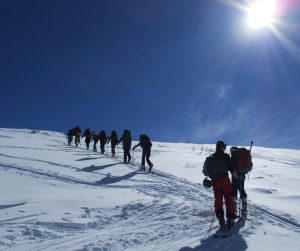Teaching that Stands the Test of Time
“We arrive in the world only partially formed; a culture that has been in the making for hundreds of thousands of years will form the rest. And that culture will inevitably contain much that is noxious as well as beneficent.” – Students analyze this quote from Shakespeare’s Cure for Zenophobia by Stephen Greenblatt in The New Yorker.
Since its founding, part of the Colorado Rocky Mountain School mission is to cultivate a learning environment in which students “thoughtfully participate in the world we share.” As Greenblatt’s quote above notes, it can be hard to contribute thoughtfully if one doesn’t have a framework for contextualizing cultural and historical influences. History classes at CRMS, then, are not about textbooks, memorizing dates, or knowing the forms of government. Rather, the department helps students employ historical, geographical, and philosophical information to a far more powerful end: understanding the role of the past in their own lives as well as the world at large. Being able to reflect on historical trends and connections can help students develop critical thinking, rigor, and discourse skills, which in today’s polarizing climate has never been more important.
“I worry about the kids who see history as a matter of record-keeping,” says History Department Chair Amanda Leahy. “History is not static, disconnected, or distant. When I grew up, I relied more on my teacher and my library. That’s not the case anymore.”
Students at Colorado Rocky Mountain School are required to take three years of history classes. In 9th grade, they look at current world events through a geographic lens while also recognizing the need to pair their own world views with historical study and objective evidence. In 10th grade, Western World History tours major world civilizations with a philosophical lens. The year culminates with a research project where students identify what it means to live “the good life” in today’s society based on historical and philosophical views. In junior year, students can choose an AP track American history course or a standard history class that looks at important historical themes such as regions of contact and conflict, race relations, and 20th-century war. The class travels from the American Revolution up through the September 11, 2001, attacks.
“September 11 was a watershed moment,” says Leahy, who teaches the class. “These are the first kids who have no memory of that event. They don’t have the before-and-after perspective.”Students received a first-hand glimpse into that dichotomy when board members stopped by one day to observe a 9/11 discussion.
“All of a sudden you’ve got these people in the back row who are tearing up,” recalls Leahy. “You don’t want to ever say students need to know this because this is how it felt for me. That’s not what history is. But it is saying, I want you to look at this experience, and even if you don’t have that personal connection, recognize that history is incredibly personal.”
The junior-year class concludes with the personal essay. Students identify a current topic they’re interested in and trace it back to its foundational roots and influences. In senior year, students have the option to study western and eastern philosophy with Mark Clark in the fall and take a geopolitical studies class with A.O. Forbes in the spring.
The courses all address the fluidity of history, the impact of previous events on current events, and how history and our views are often built on personal and emotional connections that we may not even recognize.“You want to anchor history into either how it affects students personally or how they feel about the issues personally,” says Leahy. “We can take almost any issue that exists today and create a plot graph to show historically what has contributed to the evolution of that idea.”
Like so many areas at CRMS, a better understanding of these dynamics allows students to broaden their own perspectives and think critically. Although Leahy hopes students come away with a grounding in historical events, dates, and figures, the big takeaway she hopes they leave with is that knowledge for its own sake isn’t enough.
“The knowledge of how our systems work is great to know, but it isn’t going to save us,” she says. “To save us, you need to know how to use that system or break down that system to afford the change that needs to happen. There’s got to be some sort of soulful connection to that experience. I don’t see how kids could avoid it. There are so many of these seeds planted at CRMS.”
 MYCRMS
MYCRMS





 Virtual Tour
Virtual Tour

